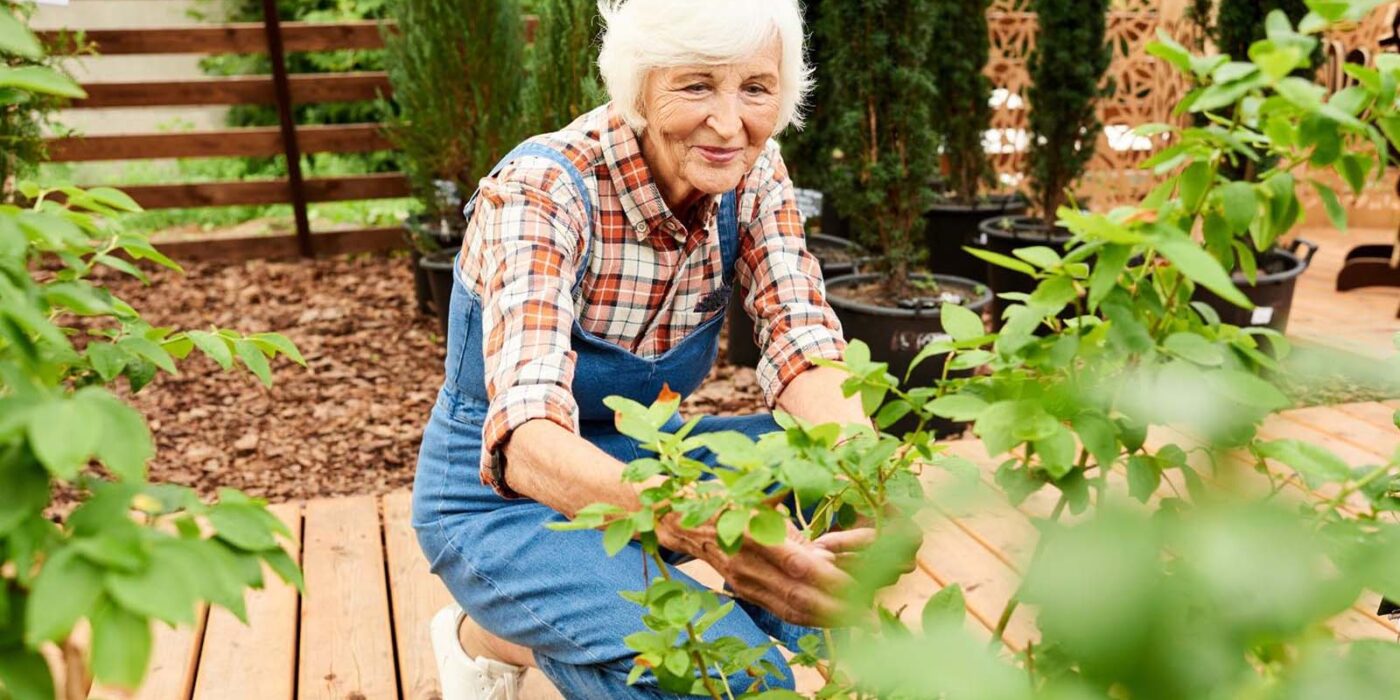Gardening is a beautiful hobby that offers numerous benefits, especially for seniors. It provides a source of exercise, reduces stress, and brings a sense of accomplishment. If you’re a senior looking to develop your green thumb, this guide will help you start planting, watering, and maintaining your garden.
Choosing What to Plant
The first step in gardening is deciding what to plant. Here are some easy-to-grow options for beginners:
- Herbs: Basil, mint, and rosemary are excellent for a small herb garden.
- Vegetables: Tomatoes, lettuce, and radishes are relatively easy to grow and can be very rewarding.
- Flowers: Marigolds, pansies, and sunflowers are colorful and hardy options for flower beds.
Planning Your Garden
Consider these factors when planning your garden:
Space: Determine how much space you have. A small balcony or patio can be perfect for container gardening, while a backyard offers more options.
Sunlight: Most plants need at least six hours of sunlight per day. Observe the sun patterns in your chosen garden area.
Soil: Healthy soil is crucial. You can buy container potting soil or amend your garden soil with compost.
Planting
Follow these steps to plant your garden:
- Prepare the Soil: Loosen the soil with a garden fork or tiller. Mix in compost to improve soil fertility.
- Planting Seeds or Seedlings: Follow the instructions on seed packets or plant tags. Typically, seeds are planted at a specific depth, and seedlings are spaced according to their mature size.
- Watering: Water the plants immediately after planting to help them settle in.
Watering Your Garden
Proper watering is essential for a thriving garden.
Here are some tips:
When to Water: The best time to water is in the morning. This allows plants to absorb moisture before the heat of the day.
How to Water: Water the base of the plants to ensure the roots get enough moisture. Avoid wetting the foliage, as this can promote disease.
Frequency: Most gardens need about 1 inch of water per week. During hot weather, you may need to water more frequently. Check the soil moisture regularly by sticking your finger about an inch into the soil. If it feels dry, it’s time to water.
Watching for Problems
Regular monitoring can help you catch potential problems early. Here are some things to watch for:
Pests: Look for signs of pests, such as holes in leaves or chewed stems. Common pests include aphids, slugs, and caterpillars.
Diseases: Fungal diseases can cause spots on leaves or wilting. Remove affected leaves and consider using organic fungicides.
Nutrient Deficiencies: Yellowing leaves can indicate a lack of nutrients. Fertilize your plants with a balanced fertilizer to address deficiencies.
Additional Tips
Use Raised Beds: Raised beds can be easier to manage and more accessible, especially if bending over is difficult.
Start Small: To avoid feeling overwhelmed, start with a small garden. You can always expand as you gain confidence.
Join a Gardening Club: Many communities have gardening clubs where you can meet fellow gardeners and exchange tips.
Gardening is a fulfilling activity that can bring joy and relaxation to your life.
By starting with easy-to-grow plants, learning the basics of planting and watering, and watching for potential problems, you’ll be well on your way to developing a green thumb.
Happy gardening!

